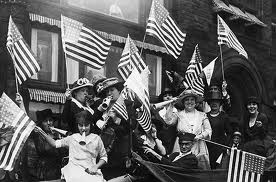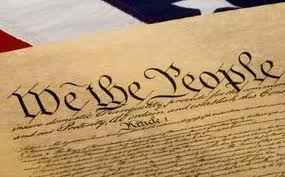History of Business and Professional Women Federation
While mobilizing for World War I, the U.S. Government recognized he need for a cohesive group to coordinate identification of women's available skills and experience. A Women's War Council,
financed through a federal grant, was established by the War Department to organize the resources of professional women. The National Federation of Business and Professional Women's Clubs was founded
on July 15, 1919.
Three major issues helped shape BPW's legislative agenda: elimination of sex discrimination in the work place, the principle of equal pay and the need for a comprehensive equal rights amendment.
In the 1920's "BPW Goodwill Tour" of Europe initiated the founding of the International BPW Federation. With the theme "Better Business Women for a Better Business World," National Business Women's Week was established to celebrate and dramatize the contribution of women to the country.
In the 1930's BPW worked to prohibit legislation or directives denying jobs to married women. BPW lobbied successfully to legislatively end the legal practice of workplace preference for unmarried persons, and, in the case of married persons, preference for men.
At the advent of World War II, BPW developed a classification system for women with specialized skills critical to the war effort and supported the formation of women's branches of the Armed Forces. While wage discrimination has existed in the U.S since women and minorities first entered the paid workforce, it's prevalence was not felt until the massive influx of women sought work during World War II. Immediately following the war, the Women's Pay Act of 1945 - the first ever legislation to require equal pay - was introduced in the U.S. Congress. It would take another 18 years before an equal pay bill would make it to the President's desk to be signed into law.
In the 1950's the national executive office relocated from New York to Washington D.C. as BPW became more active in legislative issues. BPW Foundation was incorporated in 1956, creating a branch to provide research, information, career development programs and scholarships to disadvantaged women, as well as workshops and other training opportunities.
In the 1960's the establishment of "Status of Women" commissions in the the U.S. in 1963 was largely to BPW efforts. President Kennedy recognized BPW's leading role in securing passage of the Equal Pay Act by giving BPW/USA's National President the first pen he used when signing the Act into law. Virginia Allan Young initiated the "Young Careerist" Program to develop the business and presentation skills of young women between the ages of 25-35 years of age.
In the 1970's BPW intensified efforts to eliminate discrimination based on sex and marital status in credit, capital and insurance practices. A legislative strategy was developed to achieve the Congressional votes needed and the BPW Political Action Committee (BPW/PAC) was formed in 1979 to endorse federal candidates.
In the 1980's BPW tackled "comparable worth" by calling for newspapers to stop the occupational segregation in classified ads (clustering of women in a few restricted occupations of low-paying, dead-end jobs). Numerous state and municipal governments revamped their pay scales, recognizing dissimilar jobs may not be identical, but may be comprised of tasks, educational requirements, experience and other characteristics that are equivalent or comparable.
In the 1990's workplace equity issues included sexual harassment, the glass ceiling, health care reform, dependent care, tort reform, increasing minimum wage, lifetime economic security and pay equity continued to be BPW's target issues.



